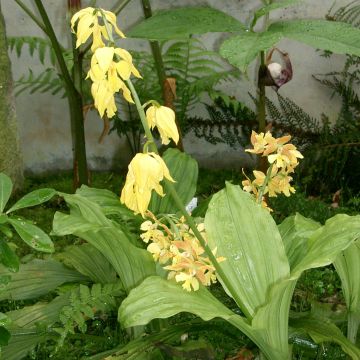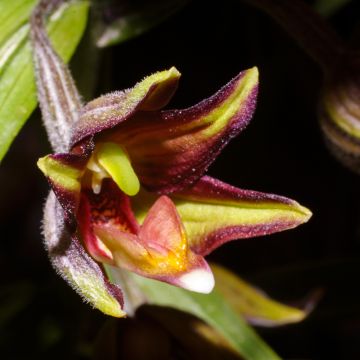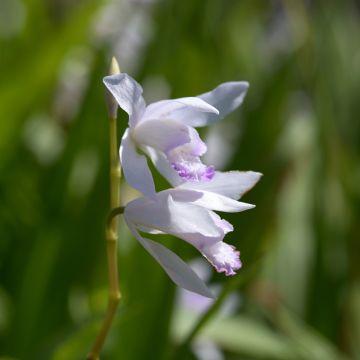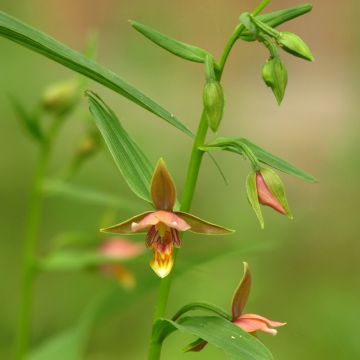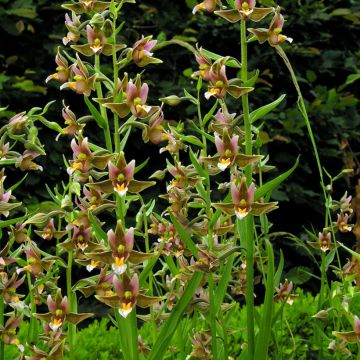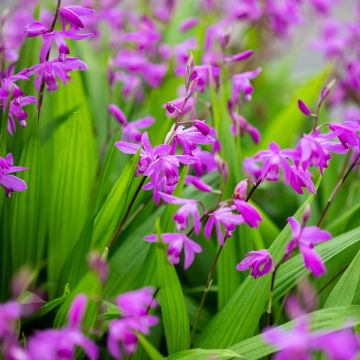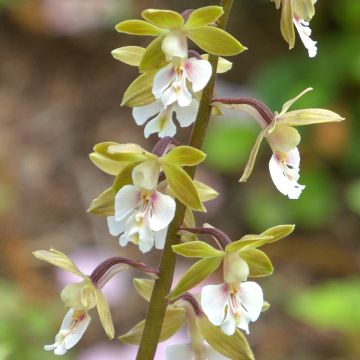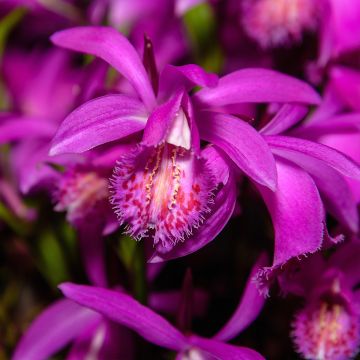

Pogonia ophioglossoides
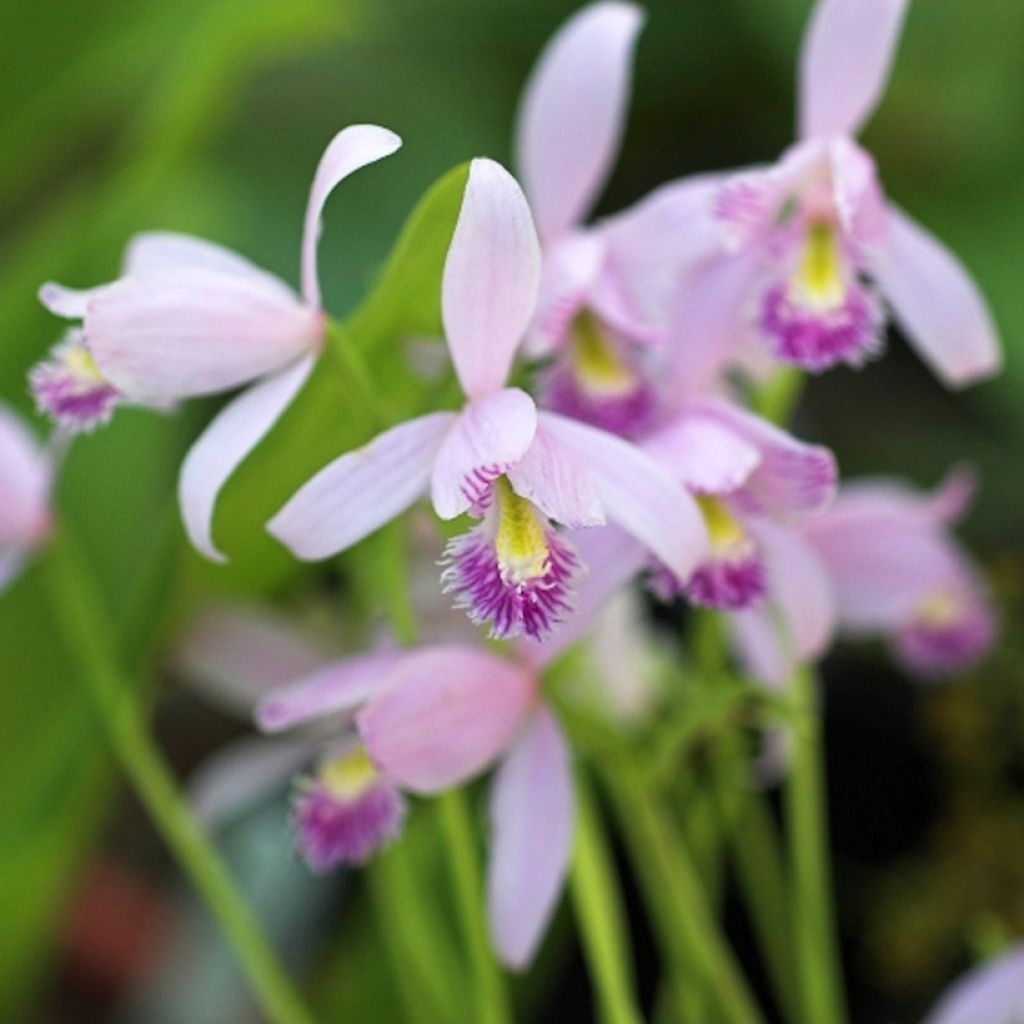

Pogonia ophioglossoides
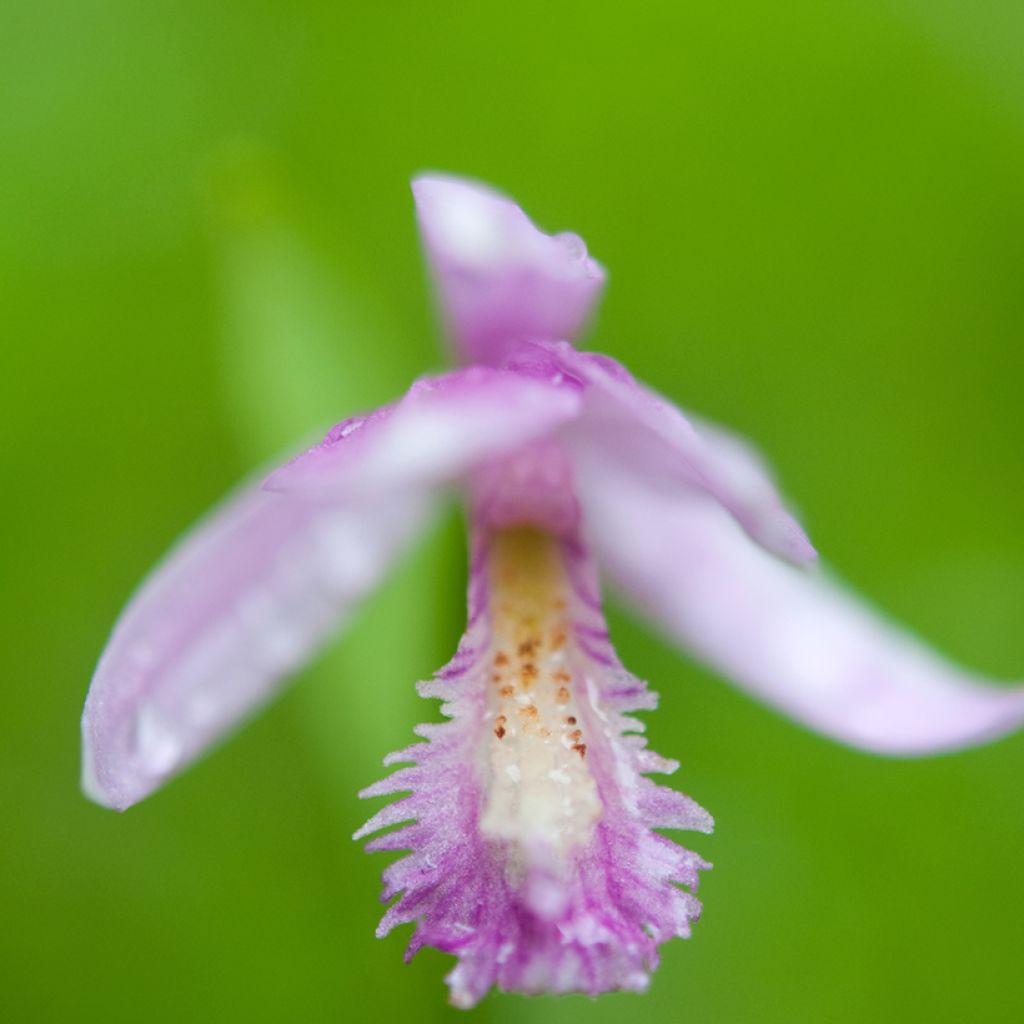

Pogonia ophioglossoides
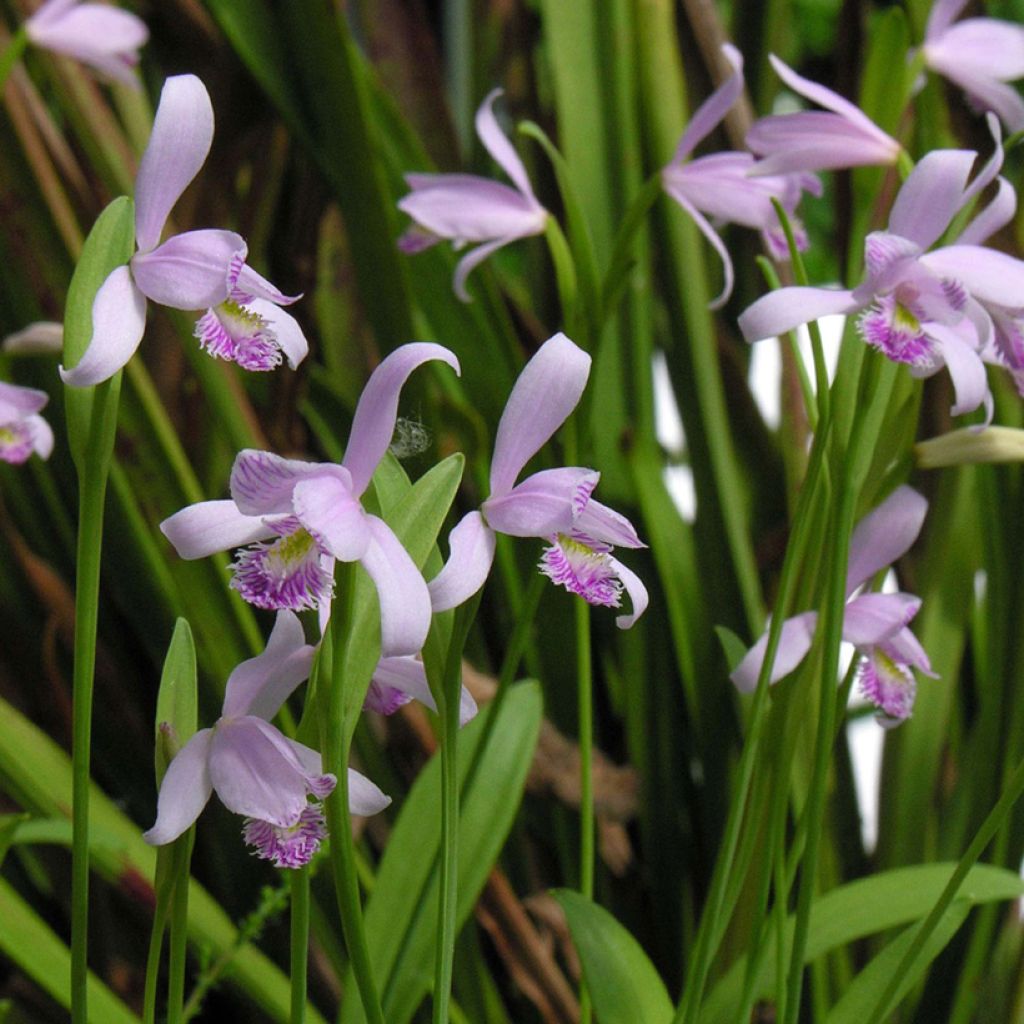

Pogonia ophioglossoides
Pogonia ophioglossoides
Pogonia ophioglossoides
Rose Pogonia, Snakemouth Orchid
Special offer!
Receive a €20 voucher for any order over €90 (excluding delivery costs, credit notes, and plastic-free options)!
1- Add your favorite plants to your cart.
2- Once you have reached €90, confirm your order (you can even choose the delivery date!).
3- As soon as your order is shipped, you will receive an email containing your voucher code, valid for 3 months (90 days).
Your voucher is unique and can only be used once, for any order with a minimum value of €20, excluding delivery costs.
Can be combined with other current offers, non-divisible and non-refundable.
Home or relay delivery (depending on size and destination)
Schedule delivery date,
and select date in basket
This plant carries a 6 months recovery warranty
More information
We guarantee the quality of our plants for a full growing cycle, and will replace at our expense any plant that fails to recover under normal climatic and planting conditions.
Description
The Pogonia ophioglossoides is a charming small aquatic orchid known as the Snake-mouthed Pogonia. Native to America, where it grows in wet areas, it is incredibly hardy and tolerates heat well as long as it never lacks water. In late spring, it produces a small flower with a characteristic shape, in shades of pink and violet, at the end of each stem. This small deciduous perennial spreads each year to form a small clump in sunny exposure and acidic, consistently moist soil—a rarity for connoisseurs and enthusiasts of original orchids.
The Orchidaceae family is rich in species (over 25,000) and remarkably diverse, including epiphytic plants (which use trees to support) and garden species growing in the ground. Some are even aquatic in North America and eastern Asia, as in the Pogonia genus. Pogonia ophioglossoides is native to the North American continent, Canada, and the United States. This species has an incredibly extensive range, extending from the northern tip of Newfoundland to southern Florida, reaching far inland in the United States, covering the entire Great Lakes region and extending to Texas in the south. With its almost delicate appearance, this small orchid adapts to many climates, withstanding freezing temperatures down to -30°C and the subtropical conditions of Florida. It grows spontaneously in turf moors, wet meadows, marshes, and riverbanks.
The plant forms a rootstock that survives in winter as the above-ground part disappears. In spring, it produces a thin, erect stem, 25 to 35 cm tall, usually bearing a single flower (sometimes two or three). The stem also carries a single sheathing leaf, light green in colour, located halfway up. This particularity gives this orchid species its common name of Snake-mouthed Pogonia, by analogy with the Ophioglossum fern, which also has a single leaf (in Greek, "ophis" means snake and "glôssa" means tongue). Depending on the climate, the flowering occurs between May and July and is relatively discreet but very graceful. The flowers measure approximately 2 cm in width, not fully spreading but slightly folded forward, and have a typical orchid shape. They consist of three sepals and two morphologically similar petals, elongated in shape, slightly rounded, and light pink. The sepals measure from 14 to 23 mm, and the two upper petals generally have pink-violet streaks on their inner surface. The third petal, in the lower position, measures 12 to 25 mm long and is quite different from the other five floral parts. In orchids, this labellum petal attracts insects that will pollinate the plant, like Pogonia and bumblebees. The labellum is spatulate, fringed at the edges and decorated with pink-violet veins, with rows of hairs that give it a bearded appearance and a yellow central part. As the rootstock grows over the years, the plant produces more and more flowering stems and, therefore, more flowers, gaining presence.
Pogonia ophioglossoides will primarily appeal to enthusiasts, as its charming flowering remains discreet. It can be planted on a riverbank in an open space to enjoy the sun and fit perfectly into a natural garden. You can plant the Orontium aquaticum or Golden Club, a curious Araceae with large leaves of beautiful green colour, which blooms in summer, producing very original erect yellow spadices in the water next to it at a shallow depth. The Cotton Grass (Eriophorum angustifolium), another moor plant, will perfectly complement your scene by adding a light touch with its summer inflorescences in small, pure white plumes. The Marsh Helleborine (Epipactis palustris) will also be a good companion for your Pogonia. Its clusters of pendant flowers, blending green, brown, purple, and white, have a wild appearance that will perfectly match the spirit of your setting.
Report an error about the product description
Pogonia ophioglossoides in pictures


Flowering
Foliage
Plant habit
Botanical data
Pogonia
ophioglossoides
Orchidaceae
Rose Pogonia, Snakemouth Orchid
North America
Other Garden Orchids
View all →Planting and care
This resistant orchid grows in wet to waterlogged, peaty, acidic, and even slightly marshy soils. It can be planted on the edge of a body of water in a sunny location, using a carnivorous plant soil or a peaty substrate. The stump gradually extends by forming stolons, thus allowing the formation of new shoots, each of which will produce a flower (rarely two or three). It is preferable to prune the faded blooms to prevent the plant from exhausting itself by producing seeds.
Planting period
Intended location
Care
This item has not been reviewed yet - be the first to leave a review about it.
Haven't found what you were looking for?
Hardiness is the lowest winter temperature a plant can endure without suffering serious damage or even dying. However, hardiness is affected by location (a sheltered area, such as a patio), protection (winter cover) and soil type (hardiness is improved by well-drained soil).

Photo Sharing Terms & Conditions
In order to encourage gardeners to interact and share their experiences, Promesse de fleurs offers various media enabling content to be uploaded onto its Site - in particular via the ‘Photo sharing’ module.
The User agrees to refrain from:
- Posting any content that is illegal, prejudicial, insulting, racist, inciteful to hatred, revisionist, contrary to public decency, that infringes on privacy or on the privacy rights of third parties, in particular the publicity rights of persons and goods, intellectual property rights, or the right to privacy.
- Submitting content on behalf of a third party;
- Impersonate the identity of a third party and/or publish any personal information about a third party;
In general, the User undertakes to refrain from any unethical behaviour.
All Content (in particular text, comments, files, images, photos, videos, creative works, etc.), which may be subject to property or intellectual property rights, image or other private rights, shall remain the property of the User, subject to the limited rights granted by the terms of the licence granted by Promesse de fleurs as stated below. Users are at liberty to publish or not to publish such Content on the Site, notably via the ‘Photo Sharing’ facility, and accept that this Content shall be made public and freely accessible, notably on the Internet.
Users further acknowledge, undertake to have ,and guarantee that they hold all necessary rights and permissions to publish such material on the Site, in particular with regard to the legislation in force pertaining to any privacy, property, intellectual property, image, or contractual rights, or rights of any other nature. By publishing such Content on the Site, Users acknowledge accepting full liability as publishers of the Content within the meaning of the law, and grant Promesse de fleurs, free of charge, an inclusive, worldwide licence for the said Content for the entire duration of its publication, including all reproduction, representation, up/downloading, displaying, performing, transmission, and storage rights.
Users also grant permission for their name to be linked to the Content and accept that this link may not always be made available.
By engaging in posting material, Users consent to their Content becoming automatically accessible on the Internet, in particular on other sites and/or blogs and/or web pages of the Promesse de fleurs site, including in particular social pages and the Promesse de fleurs catalogue.
Users may secure the removal of entrusted content free of charge by issuing a simple request via our contact form.
The flowering period indicated on our website applies to countries and regions located in USDA zone 8 (France, the United Kingdom, Ireland, the Netherlands, etc.)
It will vary according to where you live:
- In zones 9 to 10 (Italy, Spain, Greece, etc.), flowering will occur about 2 to 4 weeks earlier.
- In zones 6 to 7 (Germany, Poland, Slovenia, and lower mountainous regions), flowering will be delayed by 2 to 3 weeks.
- In zone 5 (Central Europe, Scandinavia), blooming will be delayed by 3 to 5 weeks.
In temperate climates, pruning of spring-flowering shrubs (forsythia, spireas, etc.) should be done just after flowering.
Pruning of summer-flowering shrubs (Indian Lilac, Perovskia, etc.) can be done in winter or spring.
In cold regions as well as with frost-sensitive plants, avoid pruning too early when severe frosts may still occur.
The planting period indicated on our website applies to countries and regions located in USDA zone 8 (France, United Kingdom, Ireland, Netherlands).
It will vary according to where you live:
- In Mediterranean zones (Marseille, Madrid, Milan, etc.), autumn and winter are the best planting periods.
- In continental zones (Strasbourg, Munich, Vienna, etc.), delay planting by 2 to 3 weeks in spring and bring it forward by 2 to 4 weeks in autumn.
- In mountainous regions (the Alps, Pyrenees, Carpathians, etc.), it is best to plant in late spring (May-June) or late summer (August-September).
The harvesting period indicated on our website applies to countries and regions in USDA zone 8 (France, England, Ireland, the Netherlands).
In colder areas (Scandinavia, Poland, Austria...) fruit and vegetable harvests are likely to be delayed by 3-4 weeks.
In warmer areas (Italy, Spain, Greece, etc.), harvesting will probably take place earlier, depending on weather conditions.
The sowing periods indicated on our website apply to countries and regions within USDA Zone 8 (France, UK, Ireland, Netherlands).
In colder areas (Scandinavia, Poland, Austria...), delay any outdoor sowing by 3-4 weeks, or sow under glass.
In warmer climes (Italy, Spain, Greece, etc.), bring outdoor sowing forward by a few weeks.






























